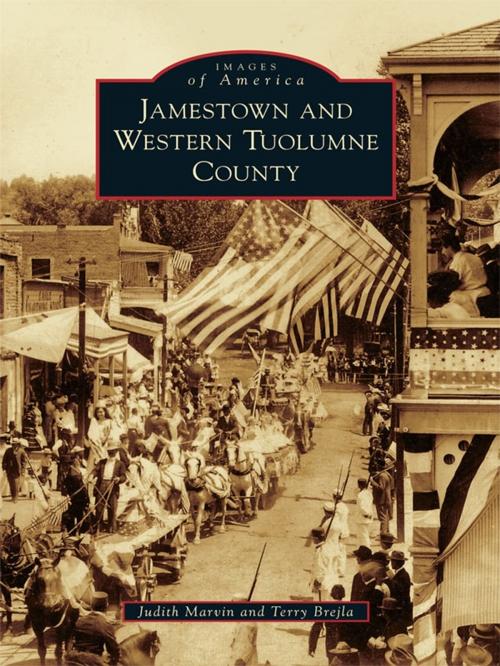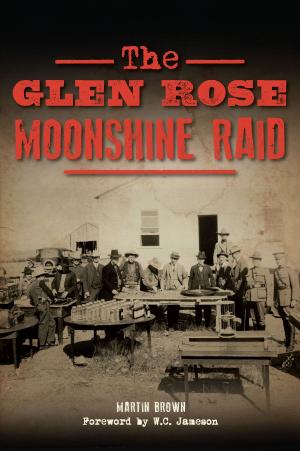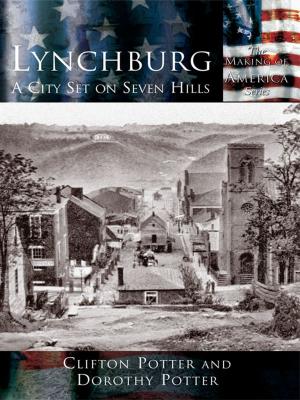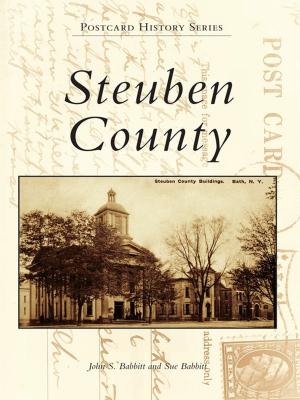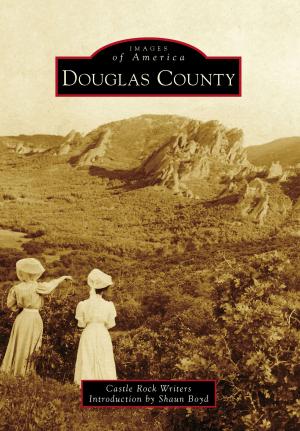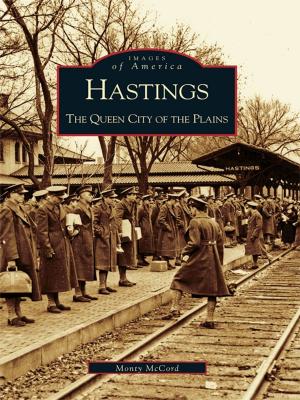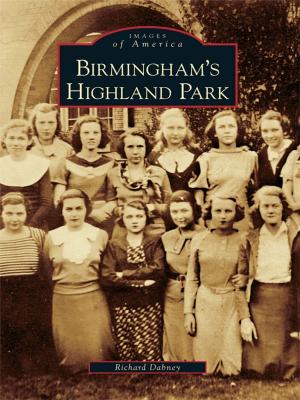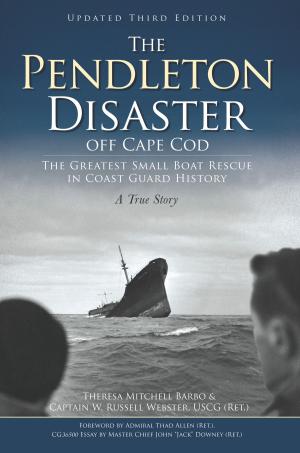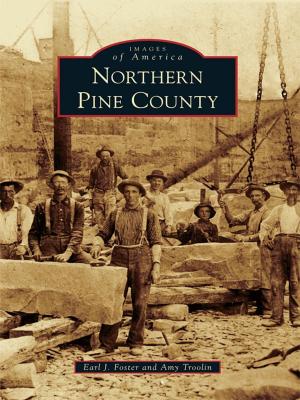Jamestown and Western Tuolumne County
Nonfiction, Travel, Pictorials, Art & Architecture, Photography, History| Author: | Judith Marvin, Terry Brejla | ISBN: | 9781439625354 |
| Publisher: | Arcadia Publishing Inc. | Publication: | February 28, 2011 |
| Imprint: | Arcadia Publishing | Language: | English |
| Author: | Judith Marvin, Terry Brejla |
| ISBN: | 9781439625354 |
| Publisher: | Arcadia Publishing Inc. |
| Publication: | February 28, 2011 |
| Imprint: | Arcadia Publishing |
| Language: | English |
The hamlet of Jamestown dates to the early Gold Rush. Discovered in August 1848, the Woods Creek placers at Jamestown eventually yielded millions of dollars in gold. When the easily mined placer gold gave out, the town remained a trade and supply depot for mining higher in the foothills, with a prime location on the roads from the Central Valley. From the 1890s to 1910s, the hard-rock mining era, known as the second Gold Rush, granted new life to the town, surrounded as it is by the Mother Lode itself. But it was the coming of the Sierra Railway in 1897 that cemented Jamestown�s status, transporting the bounty of Tuolumne County�s natural resources, including minerals, cattle, produce, and lumber, to the waiting markets in California and across the country. The railroad also facilitated three major dam construction projects from the 1910s to the 1940s and brought many film crews to the area.
The hamlet of Jamestown dates to the early Gold Rush. Discovered in August 1848, the Woods Creek placers at Jamestown eventually yielded millions of dollars in gold. When the easily mined placer gold gave out, the town remained a trade and supply depot for mining higher in the foothills, with a prime location on the roads from the Central Valley. From the 1890s to 1910s, the hard-rock mining era, known as the second Gold Rush, granted new life to the town, surrounded as it is by the Mother Lode itself. But it was the coming of the Sierra Railway in 1897 that cemented Jamestown�s status, transporting the bounty of Tuolumne County�s natural resources, including minerals, cattle, produce, and lumber, to the waiting markets in California and across the country. The railroad also facilitated three major dam construction projects from the 1910s to the 1940s and brought many film crews to the area.
